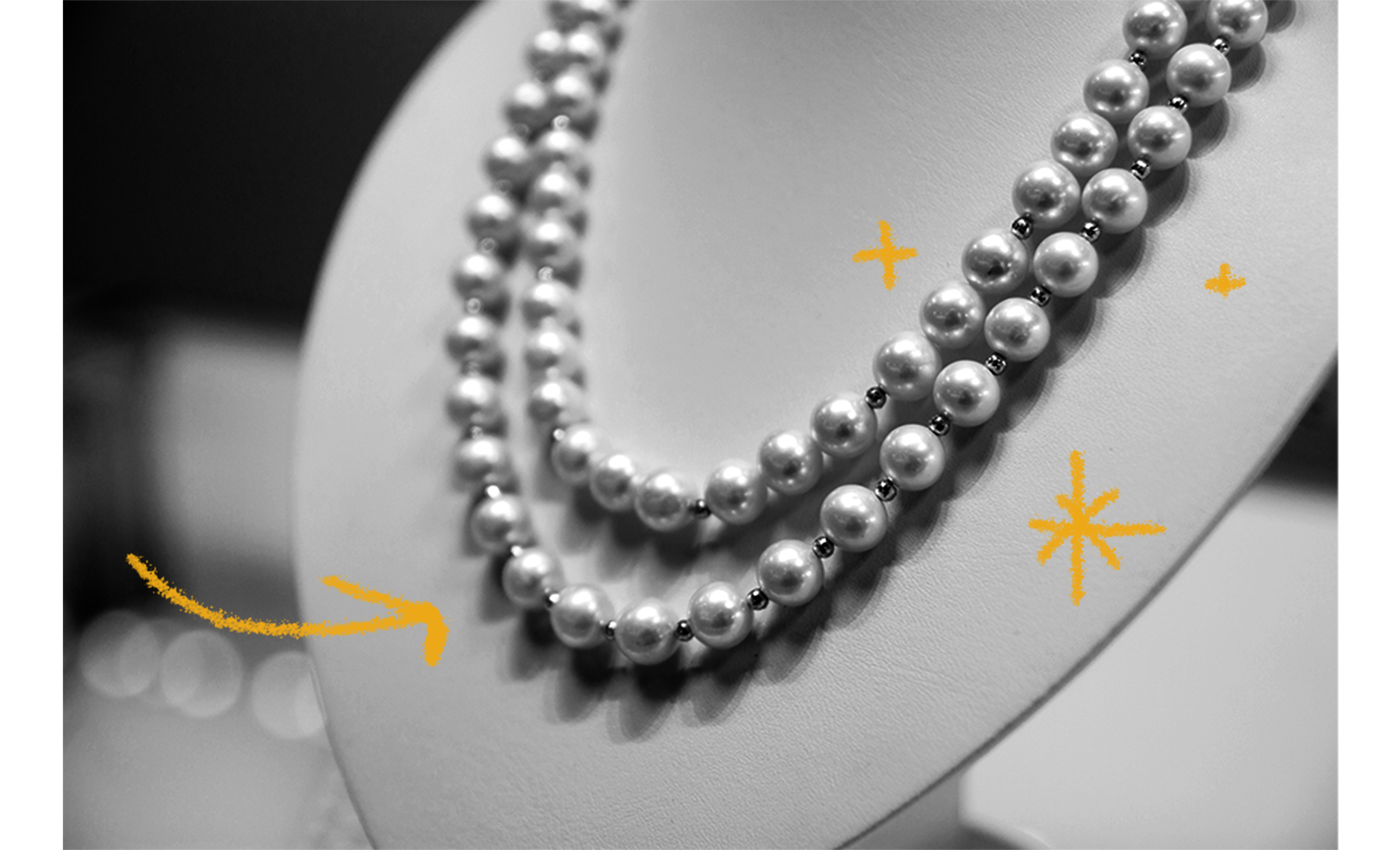Pearls are considered the world’s oldest gemstone. In fact, a pearl fragment dating all the way back to 420 was found in the sarcophagus of a Persian princess. Pearls were also presented as gifts to Chinese royalty in 2300 BC, and Julius Caesar himself once passed a law that pearls were to be exclusively worn by the ruling class! While pearls found in nature are incredibly rare, in 1893, Kokicho Mikimoto discovered how to create pearls by farming them. However, pearls continued to be viewed as a status symbol and were usually only worn by the wealthy. They also gained a reputation for being “ladylike” and somewhat staid. That perception remained in place until Alber Elbaz reimagined the pearl for Lanvin’s Fall/Winter 2013 runway show. He garnished grosgrain ribbons with imitation pearls, stacked them with chains, and added statement messages like “Love” or “Hot.” His designs gave pearls an edgy coolness that they had never had before. Other designers like Phillip Lim followed suit, and as a result, the pearl’s reputation experienced a major shift in the 2010s. So while in many cases they do still retain their long-held reputation for elegance, pearls are now sometimes worn in unexpected, creative ways that give them a youthful, cool appeal that they did not possess in the past.

Your go-to guide for weird history facts
Subscribe to the FREE daily email that makes learning about history fun.


